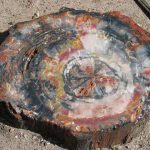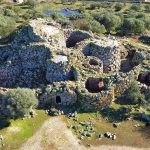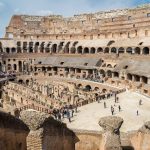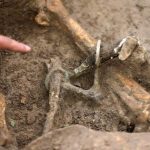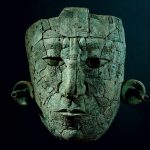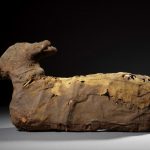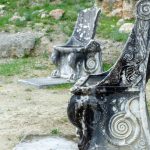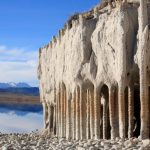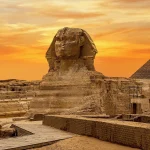King Ramesses II
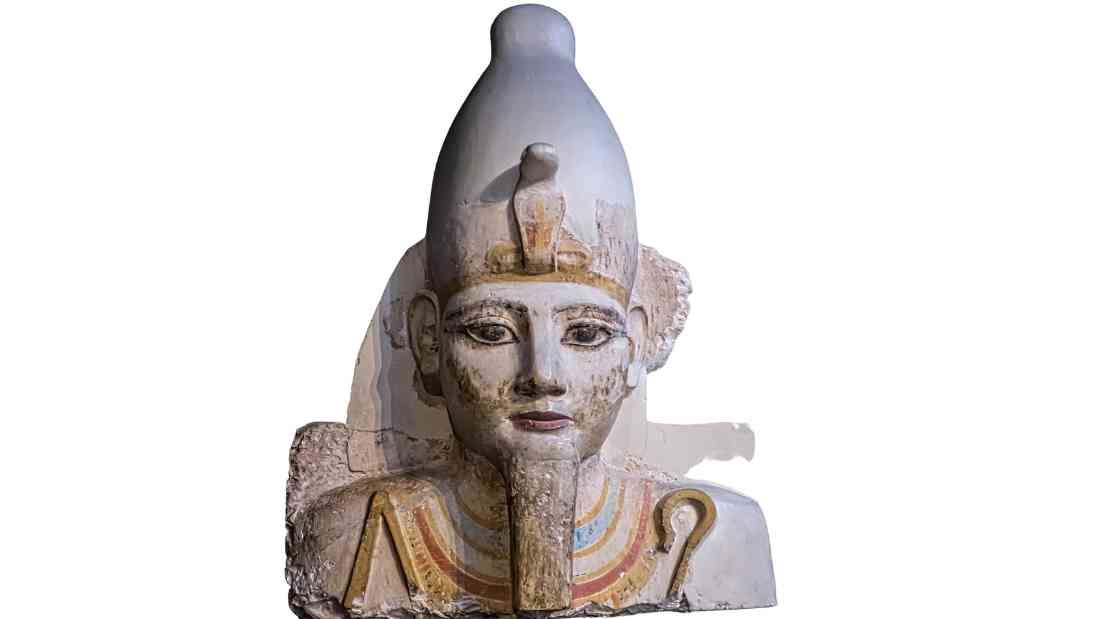
A fragmentary pigmented limestone bust of King Ramesses II, who reigned from c. 1279–1213 BCE during the 19th Dynasty. Despite its fragmentary condition, the bust conveys the grandeur and authority of one of Egypt’s most celebrated pharaohs, reflecting the skill of New Kingdom sculptors and the vibrant use of color in royal portraiture.
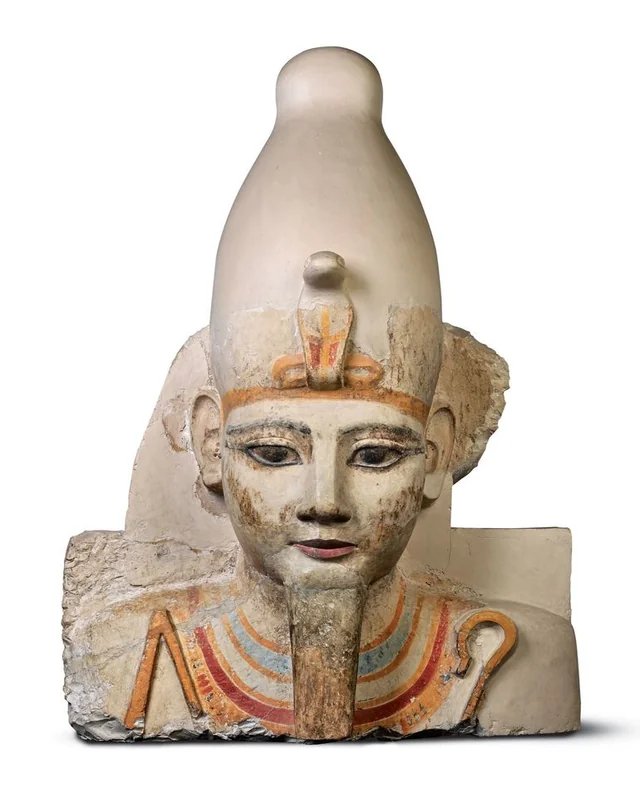
The figure is depicted in a mummiform pose, following the style of Osiris, the god of the dead, the afterlife, and of rebirth and fertility.

It is part of a series of colossal statues that originally stood atop a row of rectangular columns in a temple at Abydos, the legendary burial site and primary cult center of Osiris. Designed to tower above viewers, the king’s eyes are carved to look downward.
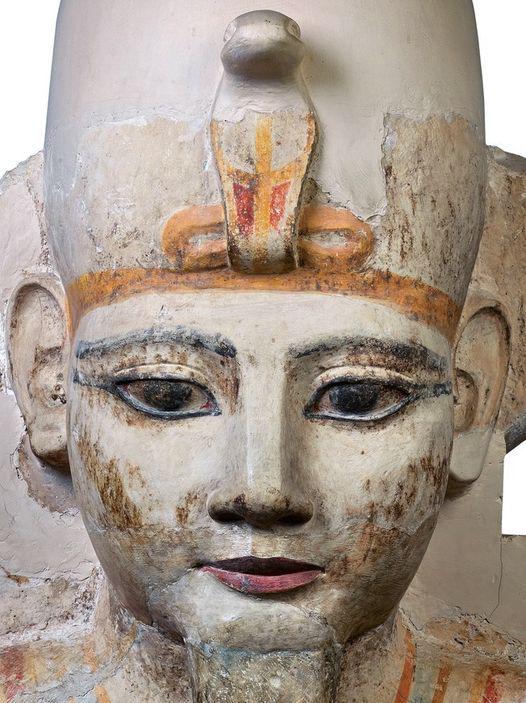
From at least the 5th Dynasty (c. 2465–2323 BCE), deceased pharaohs were associated with Osiris to signify their eternal nature beyond physical death. By around 2000 BCE, however, this practice began to extend to others, as funerary rites became more widely accessible and non-royal individuals were also depicted in the likeness of Osiris.
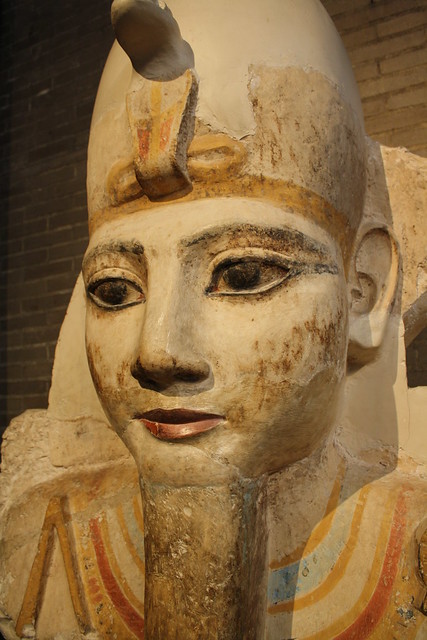
This sculpture (69-29-1) is now housed in the University of Pennsylvania Museum of Archaeology and Anthropology in Philadelphia, USA.

